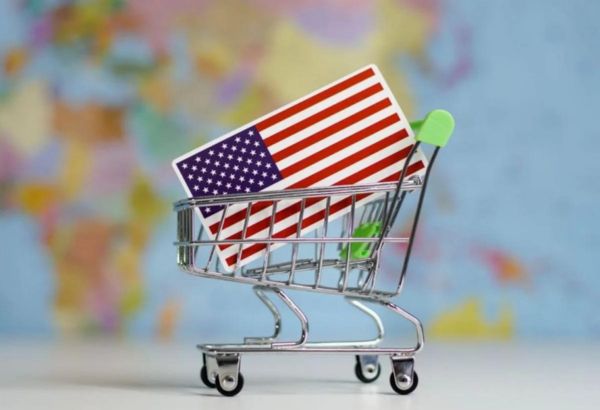
Retail sales in January decreased by 0.8%, going against predictions, with Citi's forecast of 0.6% being the most accurate. Changes in consumer spending suggest potential trends.
US retail and food services sales in January experienced an unexpected and significant decline of 0.8%, diverging sharply from the projected narrow contraction of 0.2%. Projections from analysts, including prominent institutions like Deutsche Bank and ABN Amro, had anticipated slight growths, ranging between 0.2% and 0.3%. The outcome fell well below these estimations, surprising many. Notably, only Citi’s forecast of a 0.6% decline came close to resembling the actual outcome, highlighting the challenges of accurately forecasting market movements.
The substantial drop in January’s retail sales signifies a more cautious outlook on consumer spending. Factors such as elevated borrowing costs and potential labor market shifts appear to be influencing consumer behavior. Despite this setback, there are discernible changes in consumer spending patterns. For example, nonstore retailers witnessed a significant 6.4% increase year-over-year, indicating a growing preference for online shopping. Similarly, food services and drinking places also saw a surge, suggesting continued consumer willingness to spend on dining out despite economic uncertainties. These shifts may have varied impacts on different sectors within the retail landscape, with some businesses benefitting from evolving consumer preferences while others encounter challenges in adapting to market shifts.
The 6.4% rise in nonstore retailers compared to the previous year reflects a substantial change in consumer behavior likely influenced by preferences and technological advancements. This trend mirrors a broader shift towards e-commerce and digital shopping platforms driven by convenience and accessibility. Additionally, the increase in food services and drinking places underscores this trend, revealing evolving spending patterns. Despite the overall retail sales decline, these sectors remain resilient, indicating varied impacts on the economy.
In light of the unforeseen downturn in January’s retail sales and evolving consumer behavior, the short-term market forecast suggests continued moderation in retail sales growth. The transition towards nonstore retailing and sustained interest in food services indicate a potential reorientation of consumer spending, which could lead to uneven impacts across different retail sectors. This situation necessitates a cautious approach in assessing future retail sales performance as businesses navigate through changing market conditions and consumer preferences.

Subscribe to our daily newsletter and get the best forex trading information and markets status updates
Trade within minutes!
Comment (0)